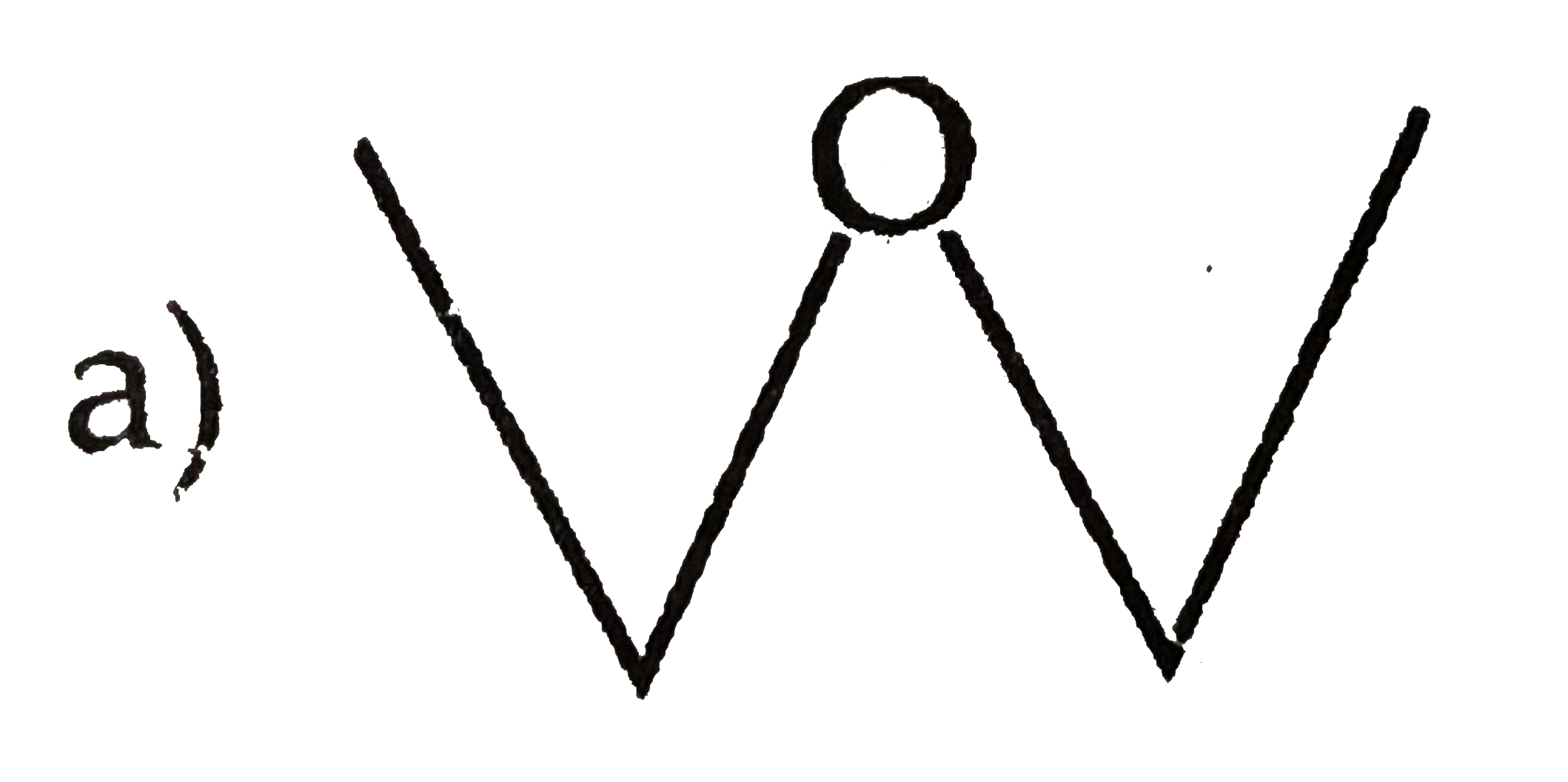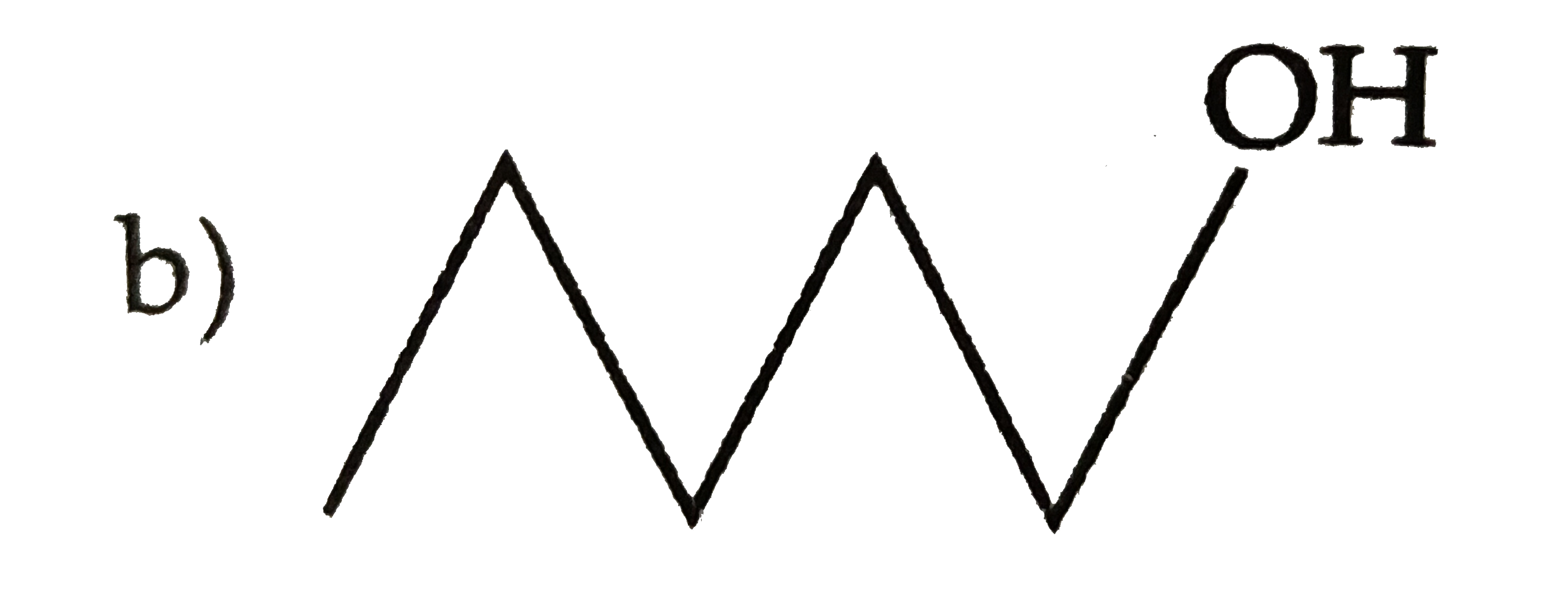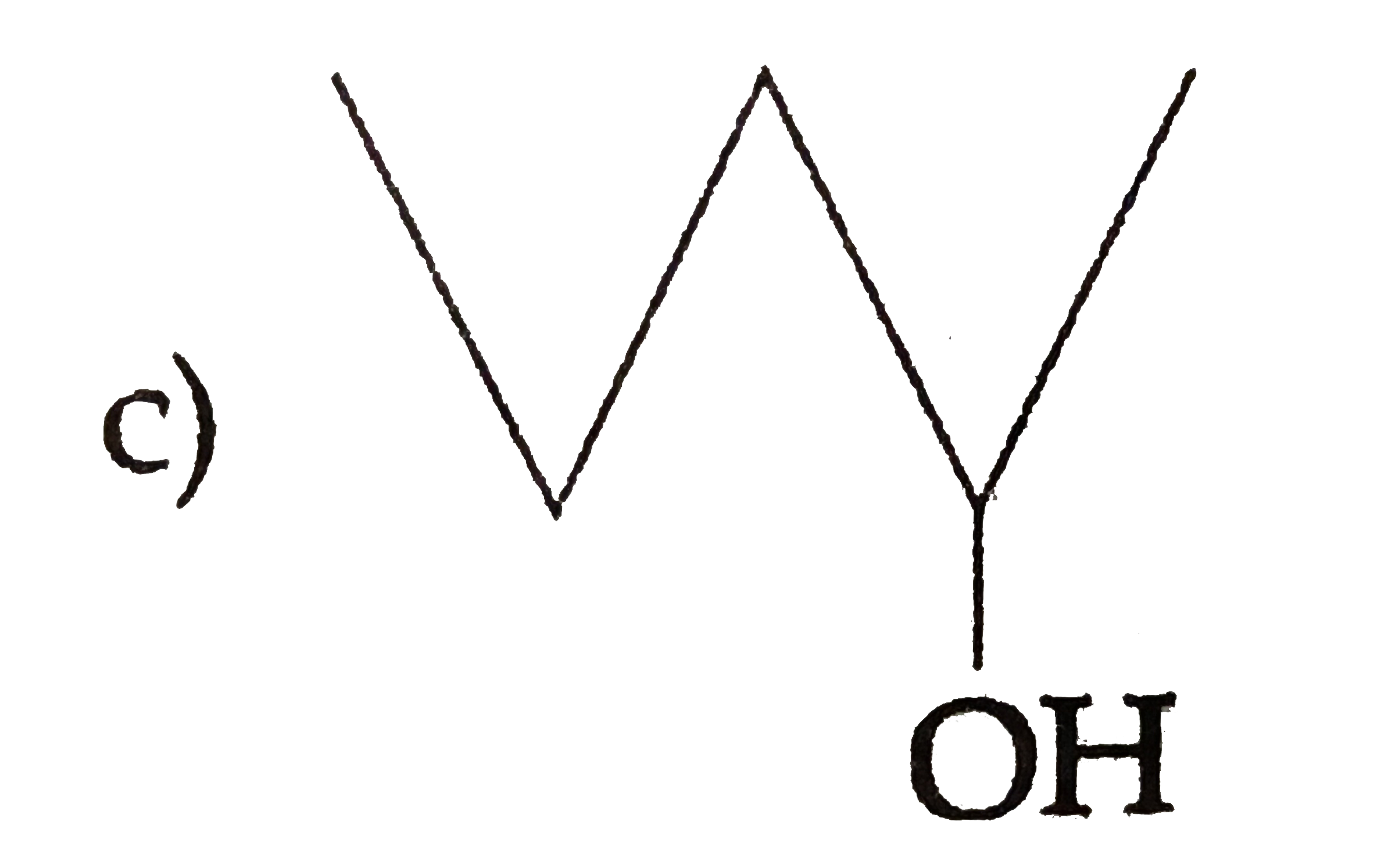Which of the following ligand exhibits highest 'Trans-effect'?
CO
HΘ
NO−2
BrΘ
To determine which ligand exhibits the highest trans effect, we need to understand the concept of trans effect and the relative strength of various ligands in this context.
1. Understand Trans Effect:
The trans effect refers to the influence that a ligand has on the substitution reactions of a metal complex, particularly in octahedral complexes. It describes how certain ligands can stabilize the transition state of a reaction, thereby facilitating the substitution of ligands that are positioned trans to them.
2. Identify the Ligands:
We need to analyze the ligands provided in the question. The ligands mentioned in the video transcript include:
- CN⁻
- CO
- NO
- C2H5
- PR3
- H6
- H5
- NO2
- I⁻
- NO2⁻
- SCN⁻
- Br⁻
- Cl⁻
- Pyridine
- NH3
- OH⁻
- H2O
3. Rank the Ligands Based on Trans Effect:
According to the transcript, the ligands can be ranked in decreasing order of their trans effect as follows:
- CN⁻ (highest trans effect)
- CO
- NO
- C2H5
- PR3
- H6
- H5
- NO2
- I⁻
- NO2⁻
- SCN⁻
- Br⁻
- Cl⁻
- Pyridine
- NH3
- OH⁻
- H2O (lowest trans effect)
4. Identify the Ligand with the Highest Trans Effect:
From the ranking, it is clear that CN⁻ exhibits the highest trans effect among the listed ligands.
5. Conclusion:
Therefore, the ligand that exhibits the highest trans effect is CN⁻.
The trans effect refers to the influence that a ligand has on the substitution reactions of a metal complex, particularly in octahedral complexes. It describes how certain ligands can stabilize the transition state of a reaction, thereby facilitating the substitution of ligands that are positioned trans to them.
We need to analyze the ligands provided in the question. The ligands mentioned in the video transcript include:
- CN⁻
- CO
- NO
- C2H5
- PR3
- H6
- H5
- NO2
- I⁻
- NO2⁻
- SCN⁻
- Br⁻
- Cl⁻
- Pyridine
- NH3
- OH⁻
- H2O
According to the transcript, the ligands can be ranked in decreasing order of their trans effect as follows:
- CN⁻ (highest trans effect)
- CO
- NO
- C2H5
- PR3
- H6
- H5
- NO2
- I⁻
- NO2⁻
- SCN⁻
- Br⁻
- Cl⁻
- Pyridine
- NH3
- OH⁻
- H2O (lowest trans effect)
From the ranking, it is clear that CN⁻ exhibits the highest trans effect among the listed ligands.
Therefore, the ligand that exhibits the highest trans effect is CN⁻.
Topper's Solved these Questions
Similar Questions
Knowledge Check
- Question 1 - Select One
Which of the following exhibit highest B. P. ?
A B
B C
C D
D
- Question 2 - Select One
Which of the following exhibit highest B.P.?
A B
B C
C D
D
- Question 3 - Select One
Which of the following can exhibit cis-trans isomerism?
AHC≡CHBClCH=CHClCCH3.CHCl.COOHDClCH2−CH2Cl
Which of the following exhibits the highest rate of respiration ?
View SolutionWhich of the following exhibits the highest rate of respiration?
View SolutionWhich of the following exhibits the highest rate of respiration?
View SolutionWhich of the following exhibits the highest rate of respiration?
View SolutionWhich one of the following ions exhibit highest magnetic moment ?
View Solution

